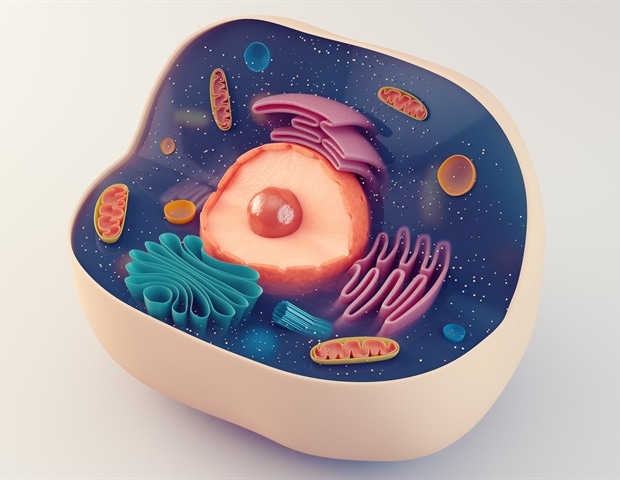Stem cell transplant offers hope for patients with multiple sclerosis

Stem cells harvested from a person's own bone marrow or blood, can safely slow progression of the most common form of the autoimmune disease, multiple sclerosis, or MS as it's usually known, finds research published online in the Journal of Neurology Neurosurgery & Psychiatry.
Autologous hematopoietic stem cell transplantation, or aHSCT for short, is usually used to treat blood cancers, and involves harvesting stem cells from the person's own bone marrow or blood followed by chemotherapy and antibody treatment.
Emerging evidence indicates that it is suitable for treating relapsing-remitting MS— characterized by distinct inflammatory episodes that cause varying degrees of residual disability. But aHSCT has yet to be included in most national clinical guidelines.
The researchers therefore wanted to assess its safety and effectiveness when used in routine healthcare rather than under clinical trial conditions.
They identified 231 patients with relapsing-remitting MS, 174 of whom had been treated with aHSCT before 2020: 2004 was when the first of these patients had been treated with aHSCT. Their average age when treated was 31, and nearly two-thirds (64%) were women.
How well aHSCT worked was evaluated by analyzing data collected from the Swedish MS registry. And its safety was assessed by scrutinizing the patients' electronic medical records for the 100 days following the procedure.
On average, patients had had their disease for more than 3 years and had received an average of 2 lots of standard treatment (disease modifying drugs) before aHSCT; 23 had not had any treatment.
Around nearly 3 years, on average, after undergoing aHSCT, 20 patients (11%) were given a disease-modifying drug.
This study showed no evidence of disease activity in nearly 3 out of 4 (73%) of those treated after 5 years and in almost two-thirds (65%) after 10 years.
Among the 149 MS patients with some disability to begin with, more than half (54%;80) improved, just over a third (37%; 55) remained stable, and around 1 in 10 (9%;14) got worse.
The annualised relapse rate was 1.7 in the year before aHSCT and 0.035 during the monitoring period, which averaged 5.5 years. Or put another way, on average, a patient had 1.7 relapses in the year before aHSCT treatment, and 1 relapse every thirtieth year after aHSCT treatment.
Five patients were required intensive care, and 61 developed a bacterial infection within 100 days of treatment. Febrile neutropenia (low white cell count accompanied by a high fever) was the most common side effect, affecting 68% of patients.
Other viral infections were verified in 23 patients (13%). Herpes zoster reactivation was documented in 3, and 3 had a confirmed localized fungal infection. None died as a result of their treatment.
This is an observational study, with no comparative group, which precludes definitive conclusions, the researchers acknowledge.
Nevertheless, they summarise: "Our findings demonstrate that aHSCT for [relapsing-remitting MS] is feasible within regular healthcare and can be performed without compromising safety.
"Our study corroborates the results observed in the only randomized controlled trial conducted to date. We believe that aHSCT could benefit a greater number of MS patients and should be included as a standard of care for highly active MS."
BMJ
Posted in: Medical Procedure News | Medical Research News | Medical Condition News
Tags: Antibody, Autoimmune Disease, Blood, Bone, Bone Marrow, Cell, Chemotherapy, Clinical Trial, Disability, Drugs, Electronic Medical Records, Fever, Fungal Infection, Healthcare, Herpes, Herpes Zoster, Intensive Care, Medical Research, Medicine, Multiple Sclerosis, Neurology, Neurosurgery, Neutropenia, Psychiatry, Relapsing-Remitting Multiple Sclerosis, Research, Sclerosis, Stem Cells
